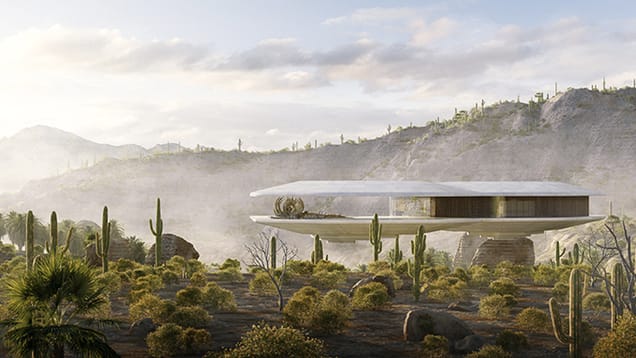

It is rendered interactively and if scene changes are made, updates the rendered result. Viewport rendering – An overlay on top of Rhino’s viewport.

Automating snapshots & batch renders – V-Ray Batch makes it easy to render snapshots from the same project or views from multiple Rhino files all at once. Chaos Cloud – Rendering on the Cloud is just one click away. Intuitively tweek controls to get the desired appearance. Line rendering – Apply contours to your entire scene or to a separate shader with a single click. Animations – V-Ray for Rhino enables light studies, turntables and fly-through animations rendering and an optimal way. V-Ray Swarm – Render with maximum power using V-Ray’s new simple and scalable distributed rendering. Render Elements – Render separate layers for more artistic control in image-editing software. You could also look at the denoised image while rendering in the Rhino viewport. See results right away as you adjust lights, materials and cameras. Interactive rendering – Render while you design. The NVIDIA AI Denoiser and Intel Open Image Denoise deliver instant noise-free feedback in V-Ray IPR. Use the V-Ray Denoiser to denoise each render element in post-production. Denoiser – Remove noise and dramatically cut render times. The Cosmos assets have automatic LODs, accurate scale and can be used across Rhino, 3ds Max, SketchUp and Revit. Smart 3D assets – Our integrated asset library, Chaos Cosmos, enables you to search and add render-ready objects and HDRI skies to your scene directly from the V-Ray toolbar. You can choose between super-fast GPU and CPU or Hybrid rendering to best suit your project needs and requirements. CPU, GPU and Hybrid rendering – V-Ray comes with two powerful rendering engines. Now, you can explore a real-time view of your scene, set up lights and cameras, and apply materials. Real-time rendering – V-Ray® Vision gives the power to design and refine in real-time to anyone working in Rhino or Grasshopper.








